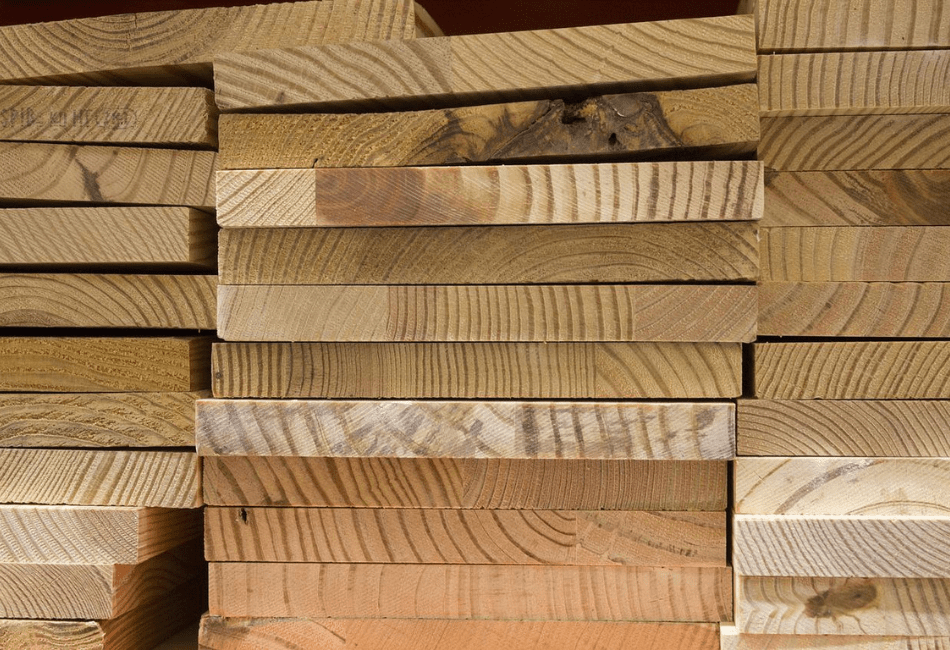Goby Walnut Tree Guide: Examining Their Tree Species
Goby Walnut is a lumber company that gives you a variety of woods to choose from, and understanding the species they offer will aid in your final decision. They are one of the best producers of high-quality hardwoods and don’t compromise on the thickness of the boards. In this Goby Walnut Tree guide, I’ll walk […]
Goby Walnut Tree Guide: Examining Their Tree Species Read More »










